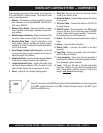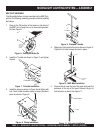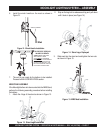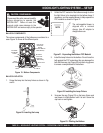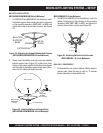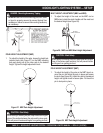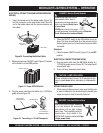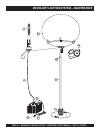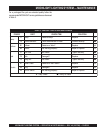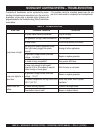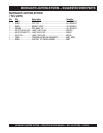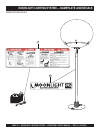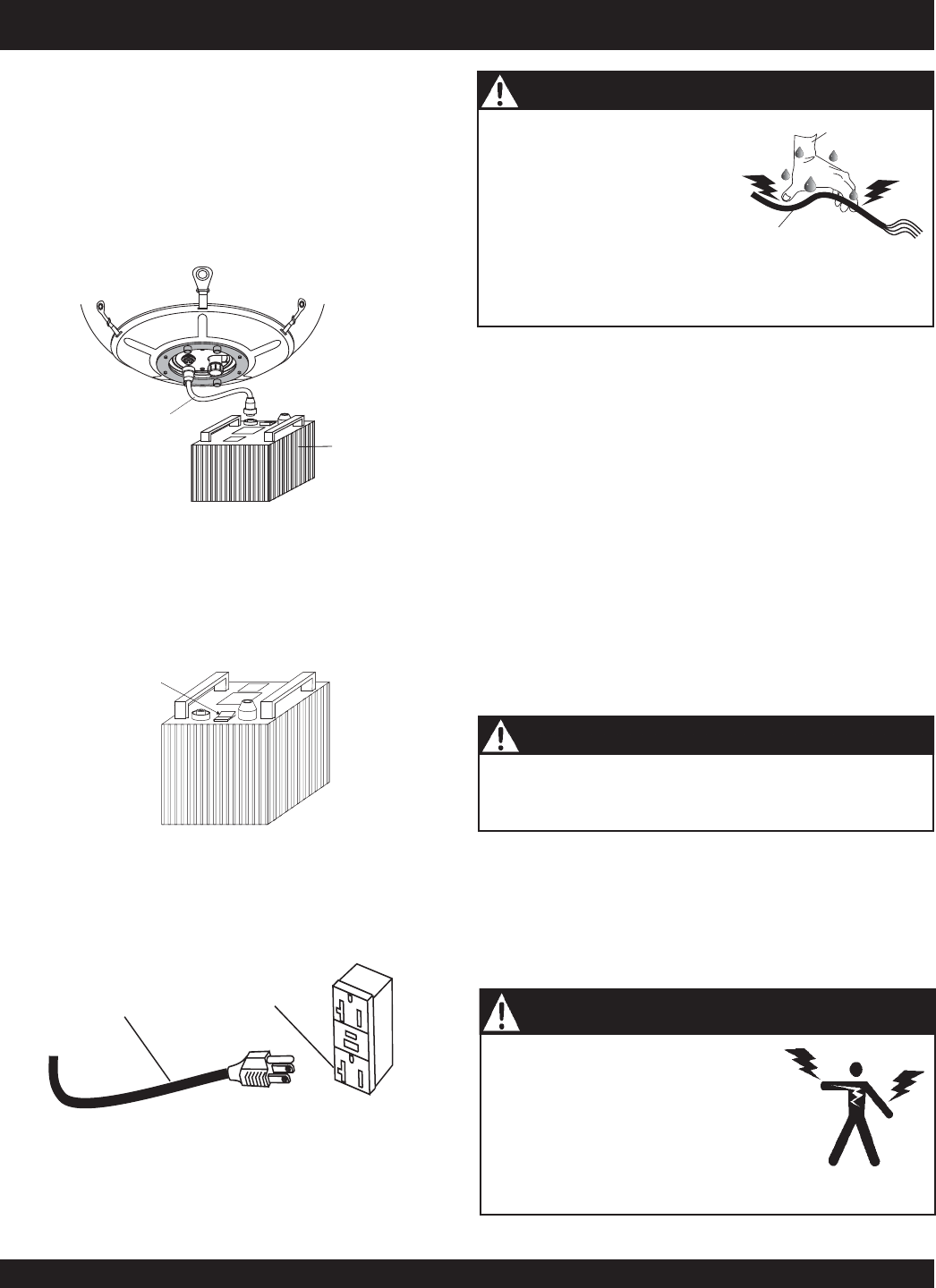
MOONLIGHT LIGHTING SYSTEM — OPERATION & PARTS MANUAL — REV. #0 (10/27/06) — PAGE 23
MOONLIGHT LIGHTING SYSTEM — OPERATION
1. Make sure the power ON/OFF switch (Figure 31) located
on the ballast is in the OFF position.
Figure 32. Connecting to 110 VAC Receptacle
3. Place the ON/OFF switch to the ON position to turn on
lamp. The lamp should flicker for a few minutes as the
internal gases warm up. It should reach full power within
4 minutes.
Shutdown
1. Place the power ON/OFF switch (Figure 31) in the OFF
position.
ALWAYS keep electrical cords in
good condition. Worn, bare or
frayed wiring can cause electrical
shock, thus causing
Bodily Harm
or even Death
.
NEVER grab or touch a live power
cord with wet hands, the possibility exists of
Electrical
Shock, Electrocution, and even Death!
POWER
CORD
(POWER ON)
WET
HANDS
DANGER - Electric Shock Hazards
Figure 31. Power OFF/ON Switch
0
1
ON/OFF SWITCH
EXTERNAL
(110 VAC/60 Hz)
POWER SOURCE
MOONLIGHT
POWER CABLE
RECEPTACLE
CAUTION - LAMP COOL DOWN
Allow a sufficient amount of time (15-20 minutes) for the
lamp to
cool down
before attempting to disassemble
unit.
Figure 30. Connecting the Ballast Cable
BALLAST
BALLAST
CABLE
1. Insert the female end of the ballast cable (Figure 30)
into the connector on the lamp fixture.Insert the male
end of the ballast cable into the female connector on
the ballast.
ELECTRICAL CONNECTIONS (MB150/MB400/MB400B/
MB1000)
2. Plug the power cable from the ballast to a 110V/60 Hz
power source (Figure 32).
ELECTRICAL CONNECTIONS (MB1000W)
DANGER - Overhead Obstructions
When moving the Moonlight, ALWAYS
be on the lookout for overhead
obstructions such as high voltage
power lines. The possibility exists of
electrocution, even death if the
MOONLIGHT comes in contact with
high
voltage power lines
!
1. Plug the power cable from the MB1000W directly to a
110V/60 Hz power source (Figure 32). The lamp should
automatically light.
2. To turn off lamp, diconnect power cable.
MOVING THE BALLOON
1. When moving balloon around, make sure that the pole
or mast is lowered to the shortest height possible and
make sure pole or mast is securely fastened.



